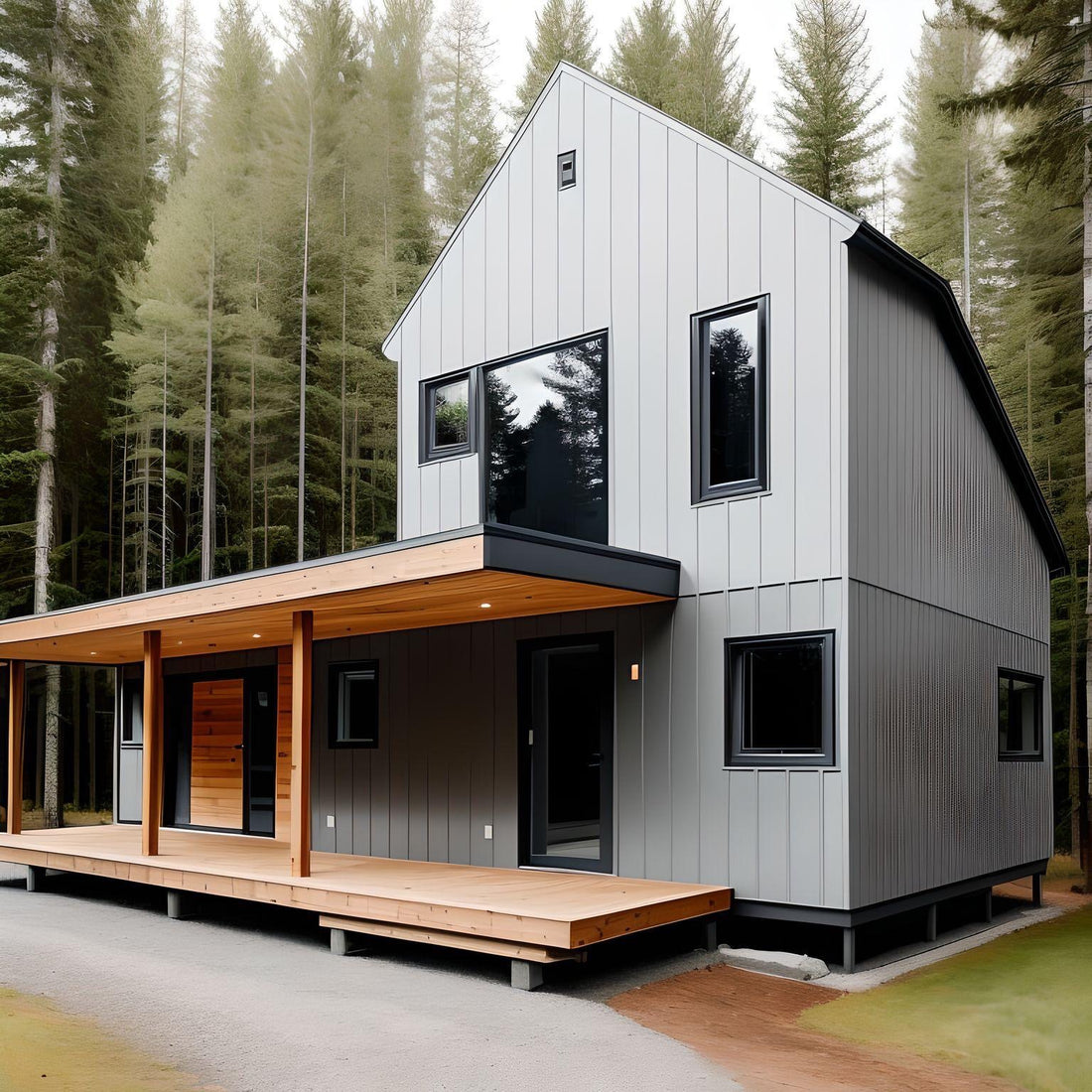
What is the difference between a modular and a prefabricated house?
Share
What is the difference between a modular and a prefabricated house?
Introduction
The construction market is constantly evolving, offering new and innovative solutions for future homeowners. Two popular terms that often appear in this context are "modular home" and "prefabricated home". Although they may seem similar, there are fundamental differences between the two concepts. In this article, we will take a closer look at the differences between a modular and a prefabricated home and what their advantages and disadvantages are.
Modular house: flexibility and modernity
What is a modular home?
A modular home is a type of building that is completely prefabricated in a factory and then delivered to the construction site in the form of ready-made modules. Each module is a separate part of the house, e.g. a wall, ceiling, or floor. These modules are carefully designed and manufactured using modern technologies and materials. The main advantage of modular homes is their flexibility - you can adapt the design to the individual needs of the customer.
Advantages of modular homes
-
Fast construction time : Thanks to prefabrication in controlled factory conditions, the construction process is much faster than with traditional homes.
-
Precise workmanship : Each module is manufactured with the utmost care, which guarantees high quality and precision of workmanship.
-
Design flexibility : Customers have the ability to customize the design to their needs by choosing the layout, finishes and other elements.
-
Energy efficiency : Modern materials and technologies used to produce modular houses allow for high energy efficiency.
Prefabricated house: ready-made solutions and durability
What is a prefabricated house?
A prefabricated house is a building whose individual elements are pre-produced in a factory and then assembled on the construction site. This means that the foundations and structure are built traditionally, and the rest of the elements, such as walls, roof or ceilings, are delivered as finished components.
Advantages of prefabricated houses
-
Quick assembly : The assembly of prefabricated elements is quick and efficient, allowing for faster completion of the entire project.
-
High quality : Factory-produced components are carefully controlled, which guarantees their durability and quality.
-
Design Variants : There are many ready-made designs to choose from, making it easier for customers to find the right solution.
-
Weather resistance : Prefabricated elements are usually weather resistant, which translates into a longer lifespan of the building.
Summary
The choice between a modular and prefabricated home depends on the individual preferences, needs and budget of the customer. Both types of buildings have their unique advantages, such as speed of construction, design flexibility and high quality of workmanship. Before making a decision, it is worth thoroughly analyzing both solutions and consulting with experts in the field of construction.
